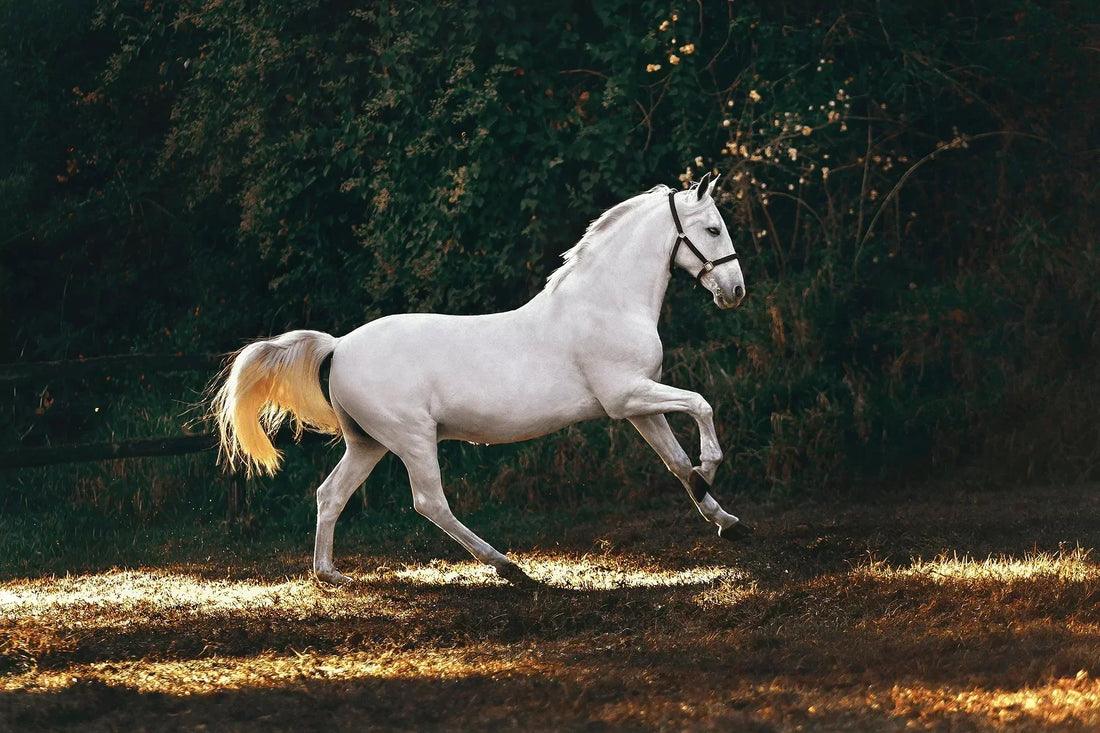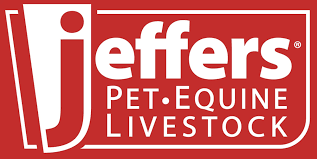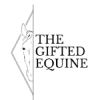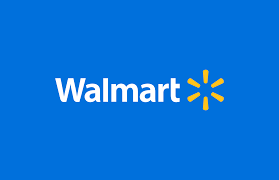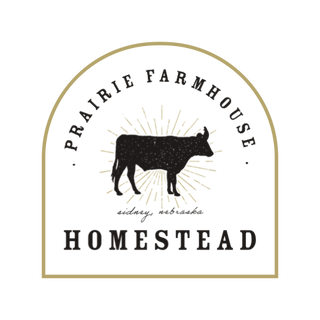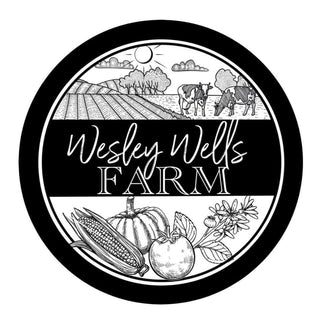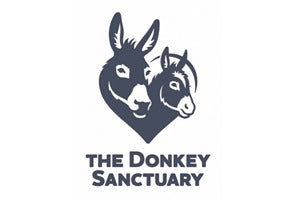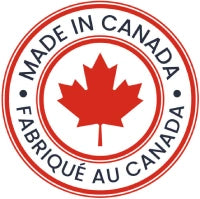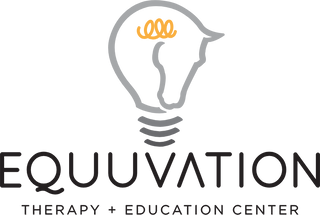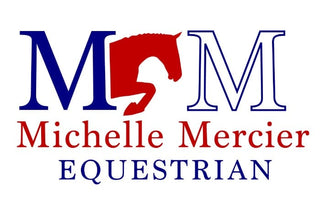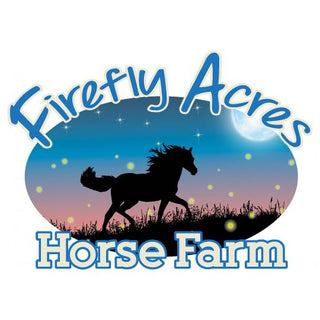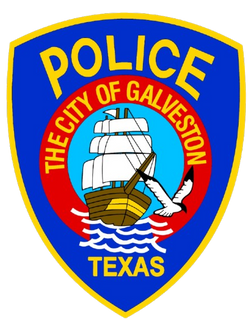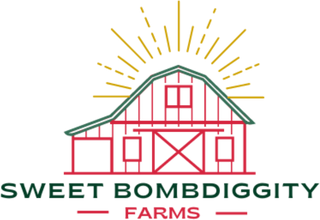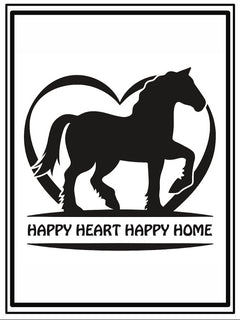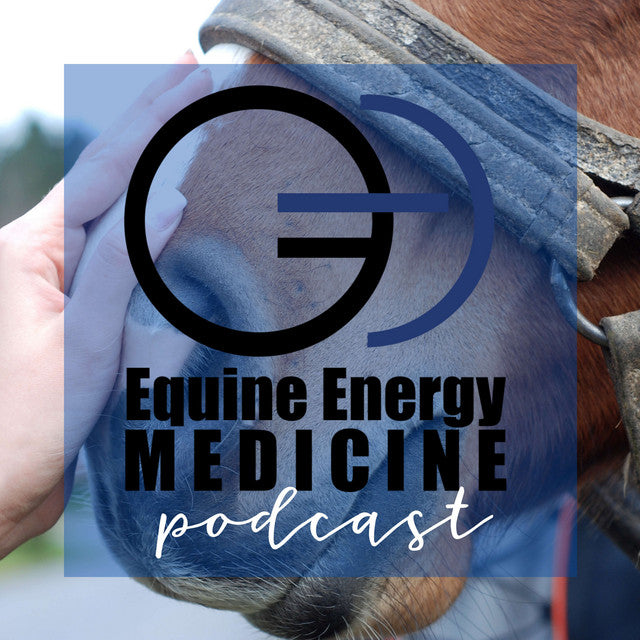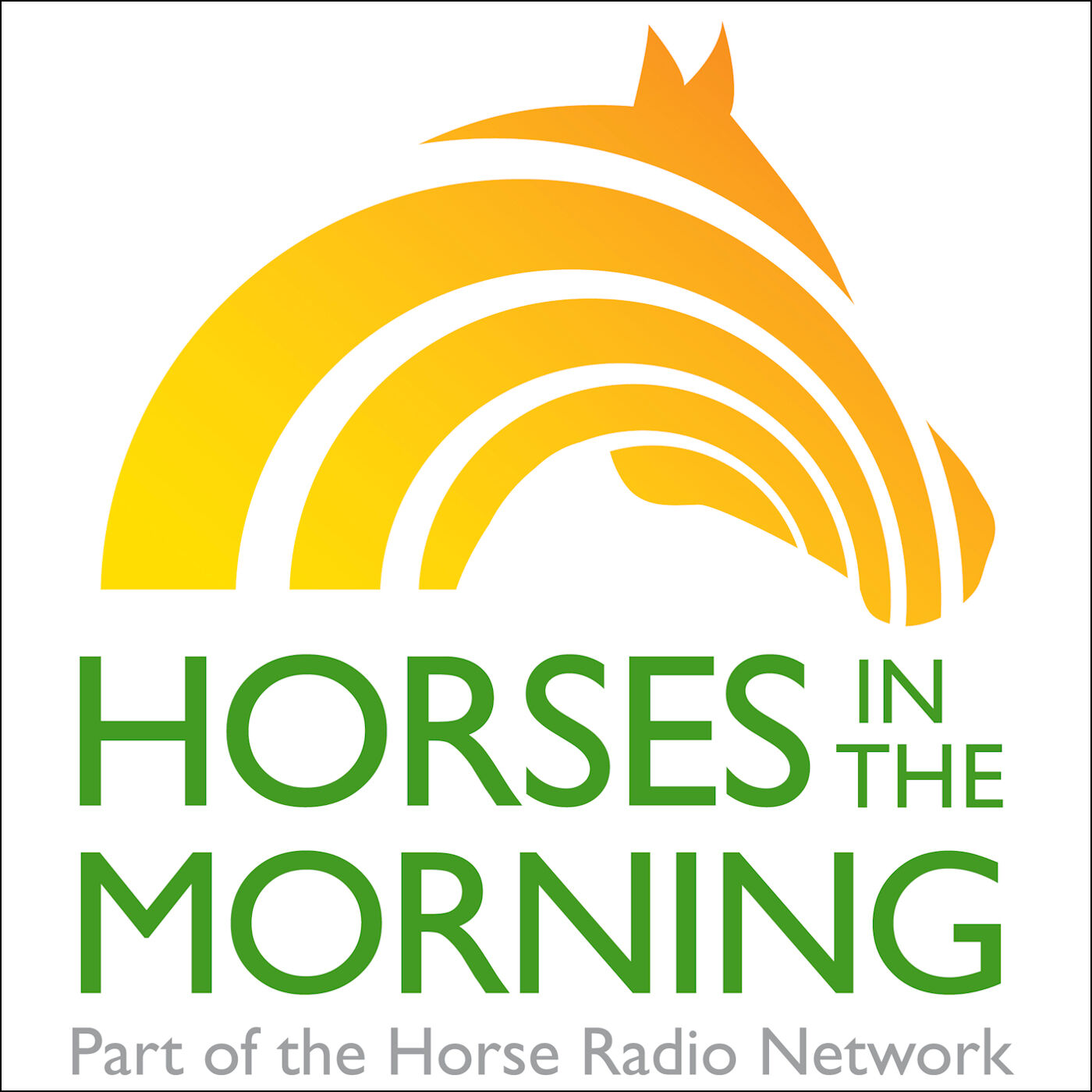Owning a horse is a dream for many equestrian enthusiasts, but before taking the leap, understanding the true cost of owning a horse is crucial. The question, how much does your horse cost, goes far beyond the initial purchase price. From daily care to unexpected vet bills, the expenses can add up quickly. This comprehensive guide breaks down everything you need to know about horse costs—from buying prices to ongoing maintenance—to help you make an informed decision.
Whether you're a first-time buyer wondering about the horse price in USA or a seasoned rider looking for insights on average cost of a horse ownership, this article covers all the essential details. By exploring different factors influencing the price of a horse, you’ll gain a clearer picture of the financial commitment involved in welcoming a horse into your life.
Understanding the Initial Cost: How Much is a Horse Really?
When people ask how much does horse cost, they usually mean the initial purchase price. However, horses’ prices vary widely based on several factors. These include breed, age, training, pedigree, and location.
In the USA, the price of horse can range anywhere from a few hundred dollars for an untrained or older horse to tens of thousands or even hundreds of thousands for well-trained competition horses or rare breeds.
For example:
-
A beginner-friendly trail horse might cost between $2,000 and $5,000.
-
A well-trained dressage or jumping horse can easily cost $20,000 to $50,000.
-
Elite competition horses or rare breeds may exceed $100,000.
It's important to research horse prices in the USA carefully, especially if you are looking for a specific breed or training level. Always consider getting a pre-purchase veterinary exam, which adds to the initial cost but is essential for avoiding costly surprises later.

Factors Influencing Horse Cost
The horse cost isn't just about the sticker price. Here are the key factors that affect prices of horses:
Breed and bloodlines
Certain breeds are more valuable due to their popularity, performance abilities, or rarity. For example, Thoroughbreds and Warmbloods tend to have higher prices because of their use in racing and competitions. Quarter Horses and Paint Horses are popular for versatility, impacting their horse price accordingly.
Age and training level
Younger horses or untrained horses typically cost less upfront but may require more investment in training. Conversely, older or highly trained horses come at a premium but might save you training time.
Purpose and discipline
Horses trained for specific disciplines like dressage, show jumping, or racing often carry a higher price tag than general riding horses.
Location and market demand
Horse prices fluctuate by region. Urban areas or places with more horse owners may have higher prices due to demand. Similarly, seasonal changes affect the prices for horses as buying and selling activity ebbs and flows.

Other Costs to Consider Beyond the Price of a Horse
Understanding the price of your horse means looking beyond the initial purchase. Owning a horse involves ongoing expenses that can sometimes outweigh the buying cost.
Boarding or stabling
If you don’t have your own land, boarding your horse at a stable is necessary. Board costs vary widely based on facilities and services, from $200 to over $1,000 per month.
Feed and supplements
Horses require a balanced diet, including hay, grains, and sometimes supplements. Expect monthly feeding costs to range from $100 to $300 depending on your horse’s needs.
Veterinary Care and Health Maintenance
Proper veterinary care is essential for keeping your horse healthy. Regular check-ups, vaccinations, dental care, and emergency treatments all add up.
-
Routine vet visits can cost $200 to $500 annually.
-
Dental care usually requires twice-yearly visits, costing around $150 each.
-
Unexpected illnesses or injuries can result in thousands of dollars in vet bills.
It's vital to budget for both routine care and potential emergencies when considering how much does your horse cost.
Farrier Services and Hoof Care
Horses’ hooves need regular trimming and shoeing every 6 to 8 weeks. Farrier costs depend on the type of shoeing and your location, typically ranging from $30 to $150 per session.
Neglecting hoof care can lead to serious health issues, so factor this into your ongoing expenses.
Tack, Equipment, and Supplies
Owning a horse requires various equipment, including saddles, bridles, grooming kits, and stable supplies.
-
A decent saddle can cost anywhere from $500 to $3,000.
-
Bridles and reins typically cost between $100 and $500.
-
Regular grooming supplies and stable tools add smaller but ongoing costs.
These initial and replacement costs contribute to the overall horse cost beyond the animal itself.
Training and Lessons
Training a horse or taking riding lessons is a significant part of horse ownership expenses. The cost varies depending on your goals and horse’s training level.
-
Group riding lessons typically cost $40 to $70 per session.
-
Private lessons may range from $50 to $100 or more.
-
Training a young or problem horse can cost thousands of dollars annually.
The investment in training directly affects your horse’s behavior, safety, and usability, impacting the overall value of your horse.

Insurance and Registration Fees
Many owners choose to insure their horses to cover accidents, illnesses, or mortality. Insurance costs vary based on the horse’s value and coverage type, averaging $300 to $1,000 annually.
If your horse is registered with breed organizations, there may be registration fees to consider as well.
Summary of Average Ongoing Costs
Here’s a rough breakdown of the average annual costs to maintain a horse:
|
Expense category |
Estimated annual cost (USD) |
|
Boarding |
$2,400 - $12,000 |
|
Feed and supplements |
$1,200 - $3,600 |
|
Veterinary care |
$500 - $2,000 |
|
Farrier services |
$500 - $1,200 |
|
Tack and equipment |
$300 - $1,000 |
|
Training and lessons |
$1,000 - $5,000 |
|
Insurance |
$300 - $1,000 |
Understanding these costs helps you answer the question, how much does your horse cost, in a more realistic and holistic way.
How to Save Money on Horse Ownership
Owning a horse can be expensive, but there are ways to manage costs without compromising your horse’s well-being.
Buying smart
Look for horses that fit your experience level and budget. Sometimes older or untrained horses offer better value if you’re willing to invest time in training. Remember, horses price vary by location and season, so be patient and shop around.
Sharing expenses
If you don’t have your own land, consider partial or full boarding options that include feed and basic care. Sharing expenses with other horse owners or leasing a horse can also reduce financial pressure.
DIY care
Learning to do basic grooming, hoof cleaning, and even minor medical care yourself can save on farrier and vet visits. Just be sure you’re confident and knowledgeable before attempting this.
Where to Buy a Horse: Marketplace Options
When searching for a horse, knowing where to look is just as important as knowing how much does your future horse cost. Here are popular avenues to explore:
Private sellers
Buying directly from owners can sometimes offer better prices and more detailed horse history. However, be cautious and always get a pre-purchase exam.
Horse auctions
Auctions may offer bargains but can be risky for inexperienced buyers. Horses at auctions might not have full health or training disclosures.
Professional breeders and trainers
These sellers usually offer well-trained horses but at higher prices due to their investment in the horse’s development.
Online marketplaces
Websites specializing in horse sales provide a wide selection and filtering options by breed, price, and location. Examples include Equine.com, DreamHorse, and HorseClicks.

Regional Price Differences in the USA
The price of horses varies across the country. Factors like climate, local demand, and availability influence the horse price in USA regions.
-
The Southeast tends to have more affordable horses due to abundant pastureland.
-
The Northeast and West Coast often see higher prices because of demand and limited space.
-
The Midwest offers a middle ground, with moderate prices and ample facilities.
Understanding regional differences can help you find the best deals if you’re willing to travel or relocate a horse.
Special Considerations When Calculating Horse Cost
Several less obvious expenses also affect the total horse cost and should be considered:
Emergency expenses
Unexpected injuries or illnesses can be costly. Having a savings buffer or emergency fund is essential.
Transportation
If you plan to compete or move your horse, transport fees for trailers or professional hauling must be factored in.
Seasonal costs
Winter care, such as blanketing and increased feed, may raise costs. Summer may require fly control products and more frequent vet visits.
Conclusion: What is the True Cost of Owning a Horse?
So, how much does your horse cost? The answer depends on many factors, but it’s clear that the initial purchase price is only part of the story. While horse prices in USA vary widely—from a few thousand dollars to six figures—ongoing expenses such as boarding, feed, healthcare, equipment, and training often add up to thousands annually.
Being fully prepared for the financial commitment is crucial to provide a safe, healthy, and happy environment for your equine companion. With careful planning, smart buying decisions, and budgeting for both expected and unexpected costs, owning a horse can be a rewarding and sustainable experience.
Horse Cost Q&A
How much does it cost to buy a horse?
Prices range widely, typically from $2,000 to $20,000 depending on breed, age, and training.
What is the price of a normal horse?
A typical riding horse costs between $3,000 and $10,000.
Why are horses so expensive to own?
Ongoing costs like feed, vet care, boarding, and training add significantly to ownership expenses.
Should a beginner buy a horse?
Beginners should carefully consider experience level and start with a suitable horse or lease option.
What is the age limit for a horse?
Horses typically live 25-30 years, but usability depends on health and training.


